From Shawn: This editorial is written by R.D. Sussman. He has been involved with the airline industry for over 20 years and is an active travel consultant and airline analyst. R.D. is also a huge #Avgeek and theme park enthusiast (like myself) and is one of the most passionate and knowledgeable people I know. You may recall he wrote an amazing editorial on the New American Airlines. Today he tackles Delta.
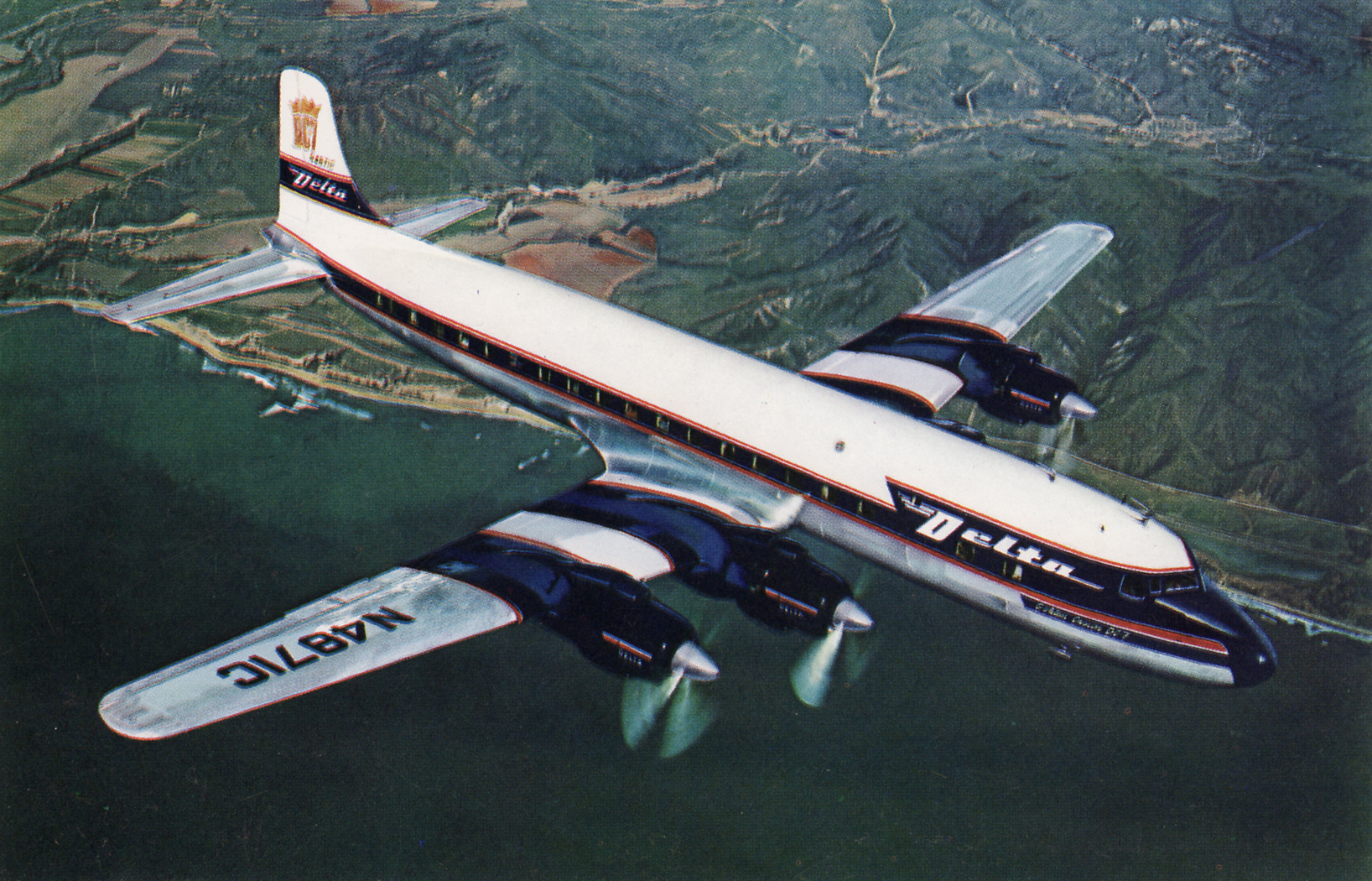
Delta Airlines – The Sleeping Giant Awakens – Part 2
In the first part of this editorial we talked about Delta’s beginnings, their eventual path towards bankruptcy, the merger with Northwest and their emergence as the most dominant of the U.S. based airlines. Today we will talk about Delta’s moves to ensure continued success going forward including investments in their hard and soft products and fleet.
Soft Product
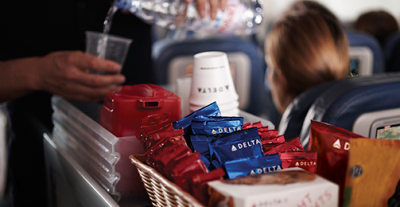
This is an area most of the airline in the USA are sorely lacking in. When Andersen took the helm in 2007, this was an area that was at best poor quality at Delta; there were very few reasons to choose Delta over anybody else, other than frequency of flights. Some of the prime changes immediately to their soft product was the re-introduction of better First Class meal services, and improving the Buy-On-Board (BOB) product in economy.
Light snacks are served on every flight in economy as well as an improved selection of snacks & beverages. On longer segments, including the transcon markets from Boston & NYC, the BOB product is on par with international carriers as far as quality of food provided, featuring Luvo brand wraps, salads & snacks. Hot food is also offered for purchase on these flights.
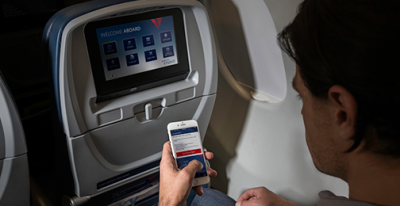
In flight entertainment offerings have also been improved a great deal, featuring in-seat video upgrades to most of the medium-haul fleet (737-800/900, 757 & 767 Domestic) in addition to a wider selection of movies & entertainment on demand. Internationally, food was upgraded in both the Economy & Business (Now Delta One) cabins, including the return of free beer & wine in the economy cabin. On the longest flights, an in-flight bistro in economy provides snacks & drinks between meal services, something that is a must on a 12-14 hour flight.
Hard Product
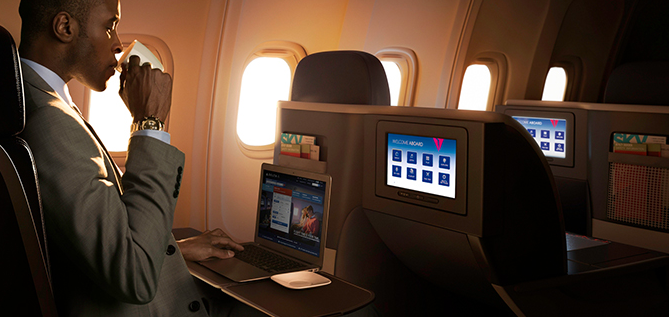
Delta inherited an aged fleet of planes from Northwest, in addition to their own outdated products offered. The first change was to standardize their fleet offerings as far as seating, upgrading the Northwest longhaul fleet to full-flat seating to match the recently delivered 777-200LR fleet. Economy seating was changed and unified in the combined carrier, replaced with leather seating & other changes over time. Last year, Delta announced a $1.2 Billion dollar upgrade to all of the current & future fleet, including the installation of Comfort Plus, a dedicated cabin for premium economy, upgrades to the Main Cabin seating, as well as a major upgrade for their existing Business class product to Delta One standard.
Included in this change is all-new cabins in both sections of the aircraft, improved in-flight power ports & WiFi capability, improved catering options in both cabins, and most notably the first distinctive premium economy product domestically. These changes are a major driving force in the race to capture the high-yield business passenger.
Comfort Plus/Delta First/Delta One
The biggest change to the hard & soft product are these notable improvements on-board. Comfort Plus, Delta’s premium economy product, is the first to have a distinctive and separate product from their traditional main cabin product. Complimentary beverages are extended to include beer, wine & spirits, as well as enhanced snack options included with the fare. Sky Priority access is granted to Comfort Plus as well. Delta First is being upgraded with new seating and greater seat pitch (On most aircraft, the pitch will increase by up to four inches) as well as a much broader menu of food options & catering for all flights over 90 minutes – a change from all other major carriers in the USA.
Delta One is to become the standard long-haul/international premium product, with many changes planned for seating, dining & in-flight experiences. Catering will be expanded to a level not seen in many years with a US carrier, separate course dining in addition to a la carte service being rolled out over the past few months. A new & upgraded full-flat business class seat is being introduced into the fleet with the addition of the new Airbus 330T, and will be expanded across all international planes over the next 18 months.
Hub Strategy

Delta has long been the forerunner of the modern hub, perfecting it to a point where at the Atlanta Ultra Hub there is little room for mainline competition from others. In effect, Atlanta shows exactly how to run a hub to full efficiency and capacity. Delta runs flights to as many cities as can handle the traffic as it can, and uses this shuttle-like frequency to feed each other. In many major market airports, Delta will fly up to 20 daily return departures, ensuring you will be able to connect to any other city with ease.
Their international departure banks are staggered throughout the late afternoon & evening to capture the western US markets, while Asian departures are timed to capture the eastern US markets. Airport flow is scientific in its precision, allowing the full & optimal use of the Atlanta Ultra Hub. Having this ability drives traffic on Delta even further, and minimizes the disruptions to travel when there are delays & cancellations. At other hubs, such as Salt Lake City, Detroit & Minneapolis, flow is measured & controlled carefully; and in key high-traffic markets operated with a frequency to allow day in-day out travel by many.
International growth has been steady from these hubs, and has helped drive forward their strategy of many options for the high-yield business passenger. At LAX & JFK, major transcon bases for Delta, focus has been on improving the regional connections, and the use of their existing assets there to maximum capacity allowed by gate constraints. Delta is continuing to grow the LAX hub at a steady 12-15% growth rate over the past few years, including the roll-out of the Delta Shuttle product to the competitive LAX-SFO market. These steps are further locking down their hub status, and are preparing for the future.
Fleet
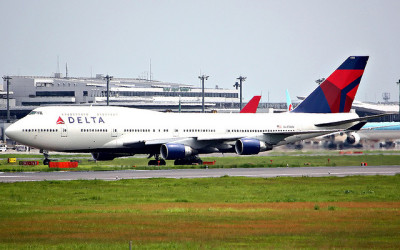
Delta continues to operate one of the most diverse fleets in the sky. Eschewing for the most part the urge to replace as many planes as possible (as USAirways/American & United are doing) the focus has been on acquiring existing planes at as low a price as possible. This strategy keeps debt low, and with their known skill & efficiencies of operation helps to keep profits rising. Several recent examples of this were the acquisition of ex-AirTran 717s from Southwest, and the purchasing binge of MD-90s from around the world.
Each of these planes are refitted in the latest Delta cabin product, and are upgraded upon delivery, and the cost per aircraft is 1/10th that of an equivalent new build plane. By adding these larger twinjets, smaller (and far less efficient) regional jets can be replaced with more modern & larger regional jets, allowing Delta First to be offered on 92% of the system flights – a number which will grow to 96% of systemwide flying by 2017. Andersen’s plan is to have 100% two-cabin flying by 2022, an achievable plan at the current pace.
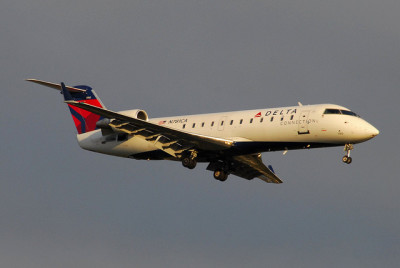
By acquiring planes for cash, Delta does not increase their existing debt load, while allowing for continued expansion into more markets with a mainline product. The 717 fleet has been welcomed with open arms by many travelers, and has since been expanded beyond the inital Atlanta flying to Detroit, Minneapolis, JFK & LAX markets. The MD90 fleet expansion is allowing the accelerated retirement of older-model Airbus 320 equipment, which will be phased out by 2019.
New equipment purchases have been split between both Airbus & Boeing, with the 737-900ER and the Airbus 321 coming to the fleet over the next 6 years. Wide Body flying has been extended using the Airbus 330s acquired from Northwest, the continued growth of the 777 fleet, and the upcoming Airbus 330T fleet. Delta has been very cautious about doing large aircraft ordering, preferring to keep their own fleet mix stable over the short & long term. Airbus will deliver most of the upcoming widebody fleet, in the form of Airbus 330-900NEO & Airbus 350-1000 series aircraft, to replace the 767-400 & 747-400 fleets. This standardization will also help boost the availability of swapping planes as needed.
Conclusion
Having experienced all of the major airlines last year in both short & long haul format, Delta by far exceeds the others, in terms of product offering, schedule & staffing. Customer service – across the board – was superior on all segments flown, as were the availability of staff to handle even the smallest issues without difficulty. This is a welcome change from most of the major US airlines, as it shows a level of detail for the customer that is something many carriers seem to have forgotten. It is this ability to deliver a consistent product in all forms that is driving Delta to be the standard at which other carriers are now playing catch-up to.




[…] Editorial: Delta Airlines – The Sleeping Giant Awakens – Part 2 […]
I Just Love Those 747’s Though, I Wonder How Amazing their Newer Twin cabin Models Are Going to Be!!
Looks like Anderson Knows what he is Doing for sure, Can’t wait to See Whats Next!